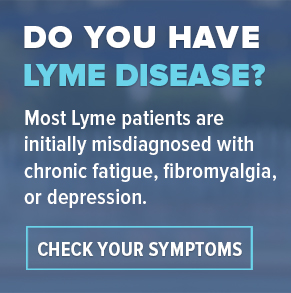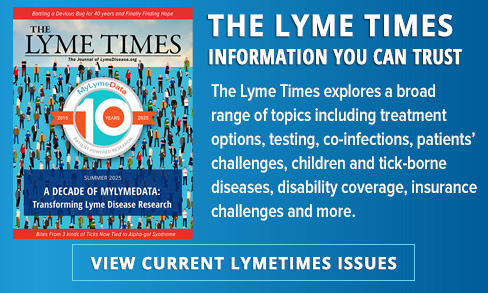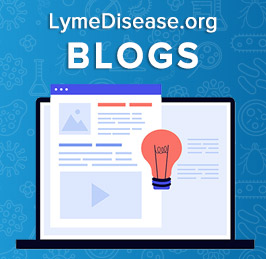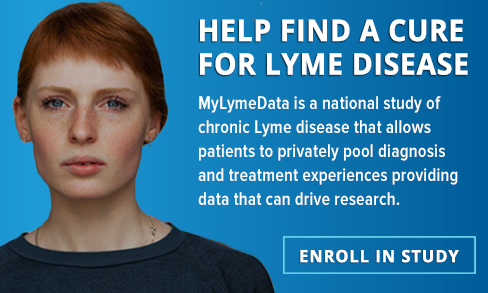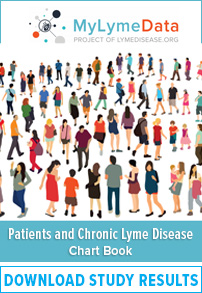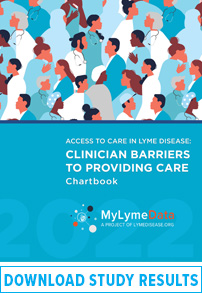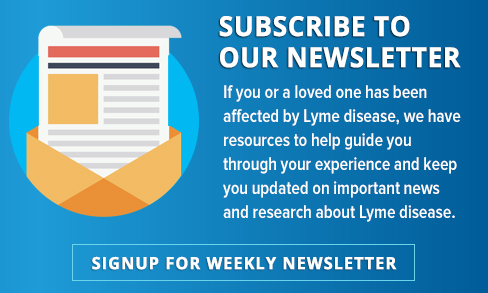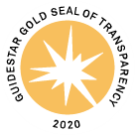Donate To LymeDisease.org
Your tax deductible donation makes it possible for LymeDisease.org to advocate for change, raise awareness and fund research that can improve patients’ lives.
We work to make the patient voice stronger, to support patient-centered research, to create legislative change, and to create a future where Lyme patients can receive the treatments they need to get well.
Empowering Patients through Research Advocacy
LDo funds research that matters to patients. Our research committee includes scientists, physicians and patients working together to determine and fund patient centered research. LDo has funded research at Stanford, the University of Connecticut at New Haven, Stony Brook, and Johns Hopkins.
Over 15 years ago, we started collecting and publishing patient data through surveys of thousands of patients. Today, our big data project, MyLymeData, is the largest study of Lyme disease ever conducted–with over 18,000 people enrolled so far – our goal is to reach 20,000. In the comfort of their homes, patients input their experiences with diagnosis, symptoms, and treatment to help researchers gain a better understanding of the disease.
The National Science Foundation has granted $800,000 to academic researchers at UCLA and Claremont McKenna to explore big data techniques using data from the MyLymeData registry. In addition, MyLymeData is now collaborating on a tissue-collection project with the leading source for research tissues in the nation, the National Disease Research Interchange and the Bay Area Lyme Foundation. These are essential steps in building a collaborative research engine designed to realize the promise of big data and accelerate research in Lyme disease.
The ultimate goal of MyLymeData is to improve healthcare for all people with Lyme disease.
Keeping the Lyme Community Informed
LymeDisease.org is the most trusted source of information, news, and healthcare policy analysis related to tick-borne diseases. We are the largest communications network concerning Lyme disease. Through our website, blogs, Twitter, weekly newsletter and Facebook we provide essential information for patients, families, researchers, and doctors. Members of LymeDisease.org enjoy exclusive access to online issues of The Lyme Times, one of the most respected publications in the industry covering Lyme and other tick-borne diseases.
Members also have access to a a comprehensive database of resources covering insurance and disability, treatment guidelines, healthcare policy, and links to helpful organizations, support groups and publications as well as exclusive access to a select group of educational videos featuring physicians who specialize in Lyme and associated tick-borne diseases.
Additionally, we maintain a national network of online state-based advocacy groups to fuel state and nationwide efforts to help Lyme patients obtain access to the care they need.
Changing Healthcare Policy through Grassroots Advocacy
Lymedisease.org stands for the “patient’s voice” in legislation, research, and science-based advocacy. We have been able to rally the patient network on the turn of a dime when time is critical, for example, by inspiring 14,000 patients to contact their legislature to pass the 21st Century Cures Act and another 10,000 to ensure that the US Department of Health and Human Resources Tick Borne Disease Working Group did not include Dr. Gary Wormser, who had significant industry conflicts of interests.
This year we have made extraordinary contributions to healthcare policy through our efforts with the Health and Human Services Tick-Borne Disease Working Group. LymeDisease.org board members serve on subcommittees of the Tick-Borne Disease Working Group, which was established by Congress as part of the 21st Century Cures Act. The goal being to bring together a wide variety of viewpoints and subject matter experts to figure out the best federal response to Lyme and other tick-borne diseases. Recommendations for congressional action will be submitted to Congress in 2018, 2020, and 2022.
We also worked with the Society to Improve Diagnosis in Medicine, which brings together hundreds of thousands of physicians, patients, researchers, and government healthcare agency members to avoid delays in diagnosis. We presented at their annual conference about the problem of misdiagnosis in Lyme disease. Progress in Lyme disease requires this type of engagement in government-funded organizations, which can help drive healthcare policy change in Lyme disease.
Finding creative tools to help patients
Our goal is to provide the latest information and tools to help patients with Lyme disease.
Our Symptom Checklist asks patients about exposure and symptoms to help determine their risk of having Lyme disease. It can be easily printed out to share with healthcare providers to inform diagnosis. Over 2.3 million people have viewed our Symptom Checklist with over 240,000 people using this tool to assist them in obtaining early diagnosis. Our published surveys of over 4,000 people show that most patients go two years or more before they are properly diagnosed.
We also provide an online physician referral program that quickly and easily helps people suffering from Lyme disease locate a health care provider in their area who is well-versed in tick-borne disease. This referral program has helped more than 14,000 people since we began this program in October 2017.


